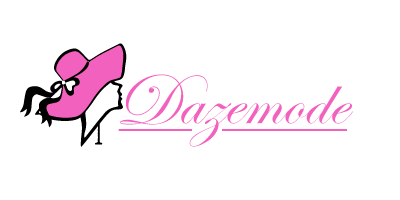In the bustling city of New York, a young man named Ethan stood before his closet, deliberating over his outfit for an important job interview. He knew his attire would speak volumes about his professionalism and attention to detail. As he reached for his meticulously tailored navy blue suit, he couldn’t help but reflect on the transformative power of formal wear. This simple act of dressing in a suit altered his appearance and imbued him with confidence and readiness to face any challenge.
Ethan’s experience is not unique; men’s formal wear has long been associated with a sense of sophistication, confidence, and success. Proper formal attire can significantly impact a job interview, a wedding, or a business meeting. This article delves into men’s formal wear essentials, its components, the psychology behind it, and the latest trends. We also incorporate relevant statistics to highlight its enduring appeal.
The Core Components of Men’s Formal Wear
- Suits: The cornerstone of men’s formal wear, the suit, has evolved significantly over the years. According to a study by IBISWorld, the men’s suit market in the United States was valued at $2.6 billion in 2022. The demand for suits remains strong, driven by corporate culture and formal events. A well-fitted suit, typically comprising a jacket and trousers, is the foundation formal outfit for men.
- Shirts: A crisp, well-ironed shirt is essential in any formal ensemble. White and light blue shirts are classic choices that pair well with various suits. The collar style, cuff type, and fabric quality are crucial in selecting the fitting shirt. A survey by Statista found that nearly 60% of men prefer white shirts for formal occasions, highlighting its timeless appeal.
- Ties and Accessories: Ties, pocket squares, and cufflinks add a personal touch to formal wear. The tie can convey different messages; for instance, a solid navy tie exudes professionalism, while a patterned tie can showcase personality. Accessories should complement the outfit without overpowering it. According to a report by Grand View Research, the global market for men’s accessories, including ties and cufflinks, was estimated at $13.3 billion in 2021.
- Footwear: The importance of appropriate footwear cannot be overstated. Oxfords, derbies, and loafers are popular choices for formal occasions. Black and brown are versatile colors that suit most formal outfits. The global market for men’s formal shoes was valued at $7.9 billion in 2021, according to Grand View Research, indicating the significance of footwear in completing a formal look.
The Psychology of Formal Wear
Wearing formal attire has psychological effects that extend beyond mere appearance. Research published in the Journal of Experimental Social Psychology found that dressing in formal clothing can enhance abstract thinking and make individuals feel more powerful and in control. This phenomenon, known as “enclothed cognition,” suggests that clothing can influence cognitive processes and behavior.
Moreover, formal wear is often associated with professionalism, competence, and trustworthiness. A study conducted by Harvard Business Review revealed that individuals wearing formal attire were perceived as more authoritative and competent by others. This perception can be advantageous in various social and professional settings, from job interviews to networking events.
Trends in Men’s Formal Wear
While traditional elements of formal wear remain relevant, modern trends have introduced new styles and innovations. Slim-fit suits, for example, have gained popularity among younger demographics for their contemporary and sleek appearance. Customization and personalization are also on the rise, with more men opting for bespoke suits tailored to their specific measurements and preferences.
Sustainable fashion is another trend shaping the men’s formal wear market. Consumers are increasingly conscious of the environmental impact of their clothing choices, leading to a demand for eco-friendly fabrics and ethical manufacturing practices. Brands prioritizing sustainability are gaining traction, offering suits made from organic cotton, recycled materials, and natural dyes.
Conclusion: The Enduring Appeal of Formal Wear
Ethan’s story is a testament to the enduring power of formal wear. From the boardroom to the ballroom, formal attire plays a vital role in shaping perceptions and enhancing confidence. As trends evolve and sustainability becomes a key consideration, the essence of formal wear—its ability to convey elegance, professionalism, and self-assuredness—remains unchanged.
As you select your next formal outfit, consider the style and fit, the message it conveys, and the confidence it instills. Whether it’s a classic black suit or a modern slim-fit design, the proper attire can make all the difference in your personal and professional life.
